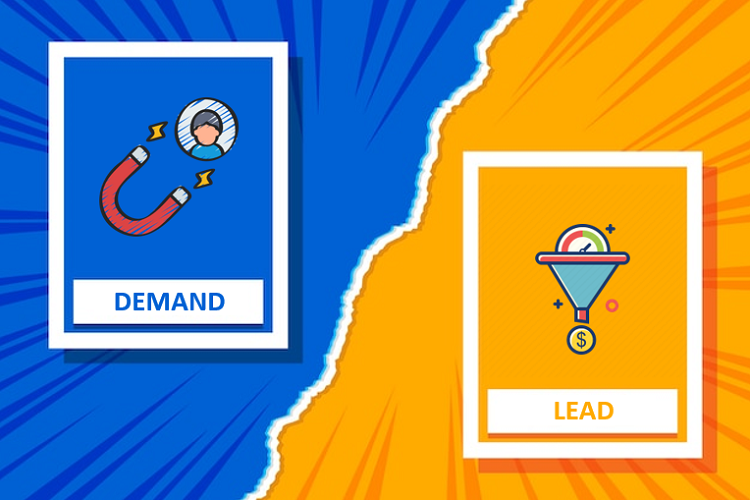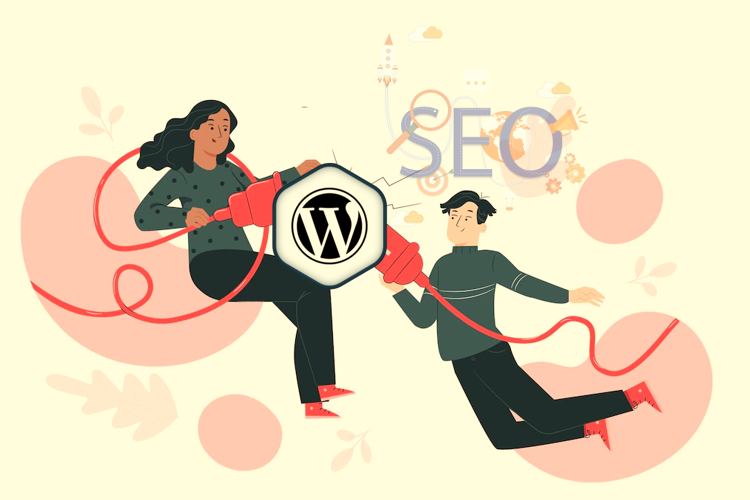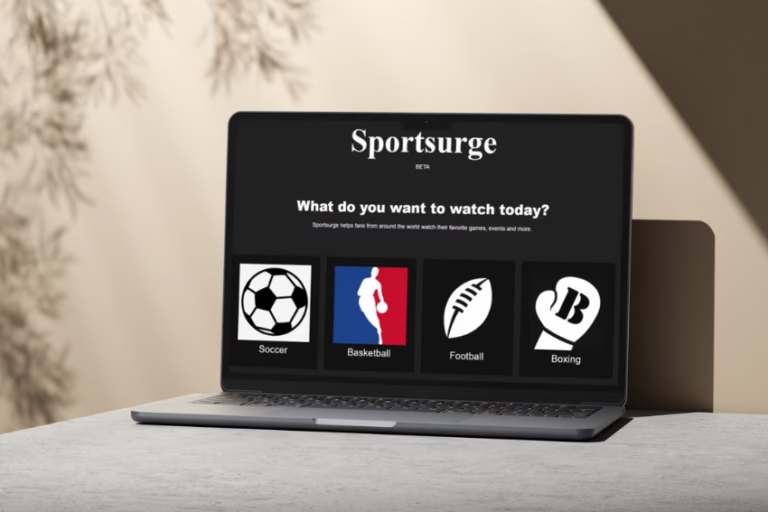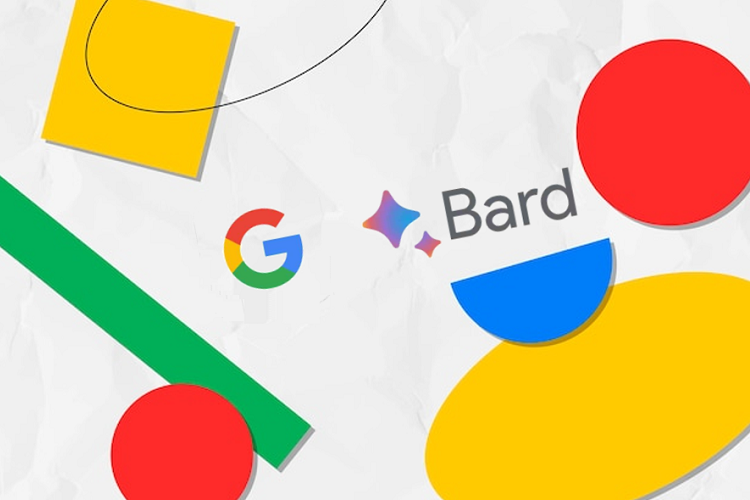Have you ever been lost in the marketing maze? If yes, this may serve as your manual for understanding the secrets of demand generation and lead generation.
The contemporary business kitchen sees companies as chefs, perfectly combining ingredients to trigger interest and attention. Consider marketing as a great puzzle in which demand generation and lead generation are important pieces waiting for clarification.
As a team, we are setting forth on a mission to understand these terms, bringing the language of marketing as transparent and fresh as Mountain Dawn. Thus, take your digital compass and let’s go through the strategies, tactics, and differences that make demand generation and lead generation unique. So, let’s begin now!
What is Demand Generation?
As per SEO Toronto experts, demand generation is not merely about selling a commodity, but it is actually telling the story that attracts your target audience. Visualize it as a grand opening act, shining the spotlight on awareness, reputation building, and attracting attention.
Demand generation is the ability to have people say, ‘Hey, I want that!’ before they even knew they did. It is all about the right place and time, being there when your audience needs a connection, and drawing their attention to you.
Let us now dissect it a bit.
Components of Demand Generation:
Broad Awareness and Interest:
- It is like a flag waving in a busy market where everyone knows you are there.
- Generating a buzz that makes people inquire about what you have.
Building Brand Visibility and Credibility:
- Picture it as the case of being at a party and introducing yourself to people – you want them to remember your name and your ideals.
- Creating trust and credibility in clients’ minds.
Targeting a Larger Audience:
- Casting a wide net to reach as many eyes and ears as possible.
- It’s about reaching not just potential buyers but anyone who might influence a purchase decision.
Goals of Demand Generation:
Creating a Need:
- Have you ever had the urge to purchase something? If yes, it’s probably due to an advertisement you saw!
- To create a demand is basically to position your offering as the solution to a problem.
Generating Interest and Engagement:
- It requires bringing a halt to the endless scrolling of your audience and making them notice what you are offering.
- Focus on getting likes, shares, and comments.
Establishing Long-term Customer Relationships:
- Customer relationships are a lot more than the first purchase, as it’s about building a long-term relationship with them.
- The loyalty of your customers is crucial, and demand generation plays a big role in ensuring it.
What is Lead Generation?
Let’s say you are at a supermarket, and you see a stall for a new brand of jam. You approach them, and they give you a piece of bread along with their mixed fruit jam. The taste of the jam is awesome, and you decide to buy their large packing, which will last more than a month.
That is an example of lead generation in real life, which not only showed interest but made a purchase as well. In a nutshell, it’s about creating opportunities, providing a taste of your offerings, and turning curious leads into customers.
The Components of Lead Generation are as follows:
Identifying Potential Customers:
- Identifying the potential customers for your business is an art which gets refined after a lot of experience.
- It’s mainly about identifying the audience which might be interested in!
Collecting Contact Information:
- You must have exchanged numbers at social gatherings to stay in touch. Collecting contact information is based on the same concept.
- It’s basically to get permission to slide into their inbox or make a call.
Focusing on a Specific Target Audience:
- The larger your target audience, the more diluted your results will be.
- That’s why you must narrow down and focus on a specific target audience.
Goals of Lead Generation
Acquiring Potential Customers:
- Turning that intrigued gaze into a handshake – getting them one step closer to making a purchase.
- It’s about building a list of potential buyers who are genuinely interested.
Moving Prospects Through the Sales Funnel:
- Think of it as guiding someone through the aisles of a store, helping them explore and find what they’re looking for.
- Gradually nudging them from curiosity to consideration and, ultimately, to making a decision.
Converting Leads into Customers:
- It’s the final dance, where a potential lead becomes a loyal customer.
- The goal is not just to make a sale but to create a relationship that lasts beyond the first transaction.
Exploring the relationship between demand generation and lead generation
Strategies and Tactics for Demand Generation
1. Content Marketing: Crafting Stories that Stick
In the world of demand generation, content is king. In fact, content marketing is one of the most proven and time-tested strategies to get great results. To do it, you can write articles, make videos, and create social media posts which are relevant to your target audience.
2. Social Media Engagement: Where Trends and Trust Collide
Have you ever gone through the social media platform which you use the most and saw a post which you thought was made just for you? Social media engagement is all about maintaining a presence on those social media platforms where your target audience hangs out and then engaging with them. You need to build a loyal community to get long-term results.
3. SEO and Organic Search: Being Found in the Digital Jungle
Ever searched for something online and clicked on one of the first results? That’s the magic of SEO. Search Engine Optimization ensures your brand pops up when potential customers are on the hunt. It’s like putting a sign on your storefront saying, “We’ve got what you’re looking for!”
4. Webinars and Events: The Digital Gathering Space
In a world that’s gone digital, webinars and virtual events are the new town hall meetings. Imagine hosting a gathering where you share insights, answer questions, and connect with your audience. It’s not just about showcasing your expertise; it’s about making your brand a familiar face in the crowd.
5. Email Marketing Campaigns: The Art of the Inbox
Do you know that you own your email marketing list, and that’s not the case with social media platforms? Yes, and you can even shift the people who have subscribed to your emails(your list) to another platform instead of the one you are currently using. You can build a relationship with your audience through emails and even segment them as per their preferences. That’s why, to generate relevant demand for what you have to offer, you must give special emphasis to email marketing. This strategy might look boring or outdated but it provides one of the best results if compared to other marketing tactics.
6. Social Media Engagement: Where Trends and Trust Collide
Social media engagement is about being present where your audience hangs out, sharing content that resonates, and sparking conversations. It’s not just about likes and shares; it’s about building a community that believes in what you offer.
7. SEO and Organic Search: Being Found in the Digital Jungle
Do you know most users click only on the first five search results and don’t go down further the search results? But, those results are also the best ones as compared to others. It’s because those websites are search engine optimized.
8. Webinars and Events: The Digital Gathering Space
Webinars and virtual events are the new rage because of the digital age that we live in! In fact, it is one of the best marketing strategies to make your brand image stronger and more impactful.
9. Email Marketing Campaigns: The Art of the Inbox
Ever received an email that made you pause and think, “This is exactly what I need”? Email marketing is about crafting messages that speak to your audience personally. It’s not just about promotions; it’s about building a relationship through a well-crafted, friendly message that lands in their inbox.
Strategies and Tactics for Lead Generation
1. Email Marketing Campaigns: The Friendly Nudge in the Inbox
How do you feel when you receive a personalized email which also offers you something you were searching for? It feels good, right? That’s the magic of email marketing! It’s about sending emails that not only promote your offerings and get you more leads but make a connection with your audience as well.
2. Paid Advertising: Putting Your Brand in the Spotlight
Have you come across a sponsored post while scrolling Instagram or an ad when you searched for something on Google? That’s paid advertising for you! It’s a marketing niche where you can reach where your customers are and then facilitate the sales of your products and services along with getting leads.
3. Landing Pages and Forms: The Smooth Entry Point
Think of landing pages and forms like the gates of your digital shop. They’re designed to make it easy for interested people to step inside and explore. Whether it’s signing up for a newsletter or requesting more information, these pages are basically entry points. They lead potential customers deeper into the world of what you have to offer.
4. CRM Integration and Lead Nurturing: The Personal Touch
Have you ever had a conversation with a salesperson and found out that they still remember your preferences even after a long time? That’s what customer relationship management(CRM) can do for you in terms of lead nurturing. With the help of CRM, you can keep track of your potential customers, understand their needs, and even provide a personal touch.
5. Social Media Advertising: Meeting Them Where They Hang Out
Generating the best leads can be achieved by leveraging social media advertising. The ads on the relevant platforms can be customized according to the people you want to target. You just have to keep the ad copy friendly and helpful, as it will naturally get you the leads you desire.
6. SEO and Organic Search: Being the Answer to Their Queries
Ever Googled something and clicked on one of the first results? That’s the beauty of Search Engine Optimization (SEO). It’s about making sure your brand pops up when potential customers are on the lookout. It’s like being the friendly neighbourhood store they can rely on.
In the world of lead generation, these strategies are the superheroes, each playing a unique role in guiding potential customers through the journey – from the initial glance to the final decision. They work hand-in-hand, seamlessly weaving a narrative that turns curiosity into a lasting connection.
7. Webinars and Events: The Virtual Handshake
In the digital age, webinars and virtual events are the modern-day handshakes. Picture hosting a gathering where you share insights, answer questions and connect with your audience. It’s not just about showcasing your expertise; it’s about making your brand a friendly face in the crowd.
8. Landing Pages and Forms: The Smooth Entry Point
Have you seen a brick-and-mortar store? The landing page of your website is the digital version of that! That’s why they are so important and must be focused on the most. A whole sales, marketing, and psychological expertise is required to make a landing page that converts. Along with this, forms can help you know what your audience wants. By persuading your audience to fill out the form on your website, you can get a great amount of knowledge which will come in handy later. Both the landing page and form cannot be neglected for getting the right leads.
Conclusion
By now, you must have known what is demand generation and lead generation. Alongside this, you must have learned about the strategies for both demand generation and lead generation.
In the concluding remarks, they must not be compared with each other. Instead, they should be implemented together as they complement each other. The best approach is to balance them in the right amount as per your product, service, and target audience.
Finding that balance might require some experimenting, but that’s just for the initial phase. After finding that balance, you will reap rich rewards in terms of demand and leads for a long time to come.











